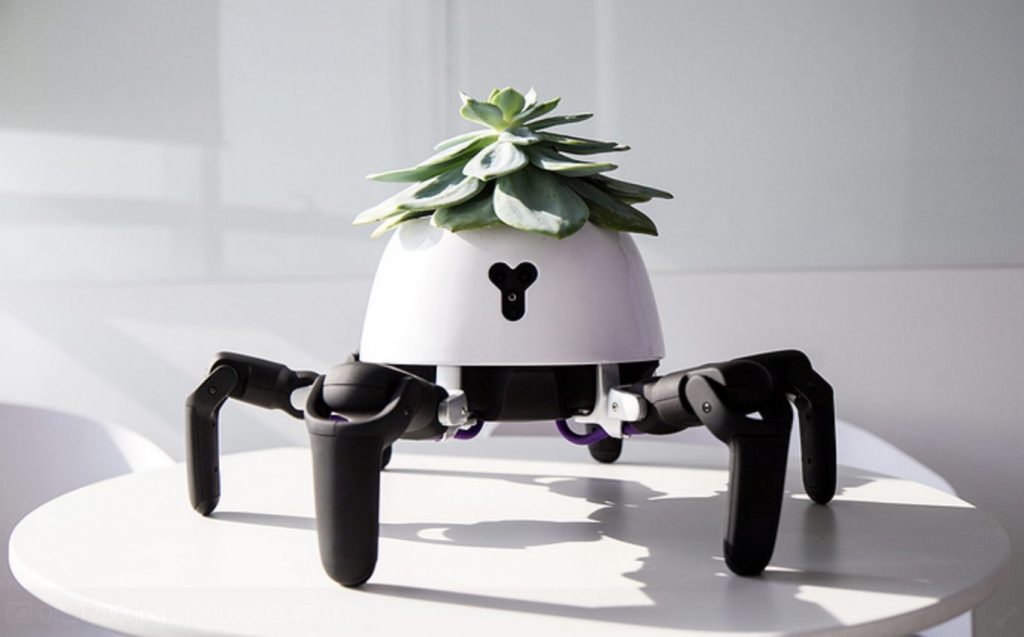Throughout the course of this class, my interests have varied from scaling robots down to microscopic sizes to bio-inspired soft robots to rehabilitative wearables. I wanted to combine some of these ideas and put them in the context of artistic expression – cyborg botany.
Continuing from class discussions on plants, I remembered Edwin Tinney Brewster’s book titled Natural Wonders Every Child Should Know, particularly a writing that highlighted the delicate balance between life and death in a tree, questioning how much of a tree is alive, which biologically, is close to only 1%. Considering various philosophical distinctions on the subject sent me down a spiral of biological essentialism, process philosophy, and panpsychism. This brought me to my question – if a plant could grow, reproduce, adapt to its environment, move, and have behavioral characteristics that could convey bio-electrochemical signals would it be considered as alive as a human?
I came across MIT’s plant-robot hybrid that used the plant’s own internal electrical signals to interface with a robotic extension that drove it toward light, and thought it was insanely cool.
In this setup, electrodes were inserted into stems and ground, leaf and ground to catch traces of bio-electrochemical signals produced in response to changes in light, gravity, mechanical stimulation, temperature, wounding, and other environmental conditions. These signals were then amplified and triggered movements.
I then found another plant locomotor that I thought could be adapted into a soft robotic form:

The six-legged robot can carry a plant on its back, and aside from achieving the purpose of moving towards sunlight, its also incredibly cute. Plants, which are considered to have the most passive existence, being able to freely move around, play with humans and throw a tantrum when it needs watering reminded me more of a pet than a plant.
I want to combine these ideas to make something akin to a legged soft robotic plant locomotor that relies on bio-electrochemical signals (like the MIT project) from plants to trigger behaviours that make sense to humans (like the Vincross project). I think the compliance of the soft robot lends itself to the image of a typical houseplant, and can offer the capabilities of a traditional robot with pneumatic actuation. Eventually, I want to integrate the plant and robot even closer by growing plants in hydrogels than can be interfaced with the soft robot.
A potentially relevant paper I found was: Drotman D, Jadhav S, Sharp D, Chan C, Tolley MT. Electronics-free pneumatic circuits for controlling soft-legged robots. Sci Robot. 2021 Feb 17;6(51):eaay2627. doi: https://doi.org/10.1126/scirobotics.aay2627.
This paper proposes a fully pneumatic (electronics-free) system for controlling a basic omni-directional walking gait that could respond to sensor input.
Other papers:
By giving plants a few more degrees of freedom, I hope this project can bring some light to a holistic, nature-centric view of technological evolution.